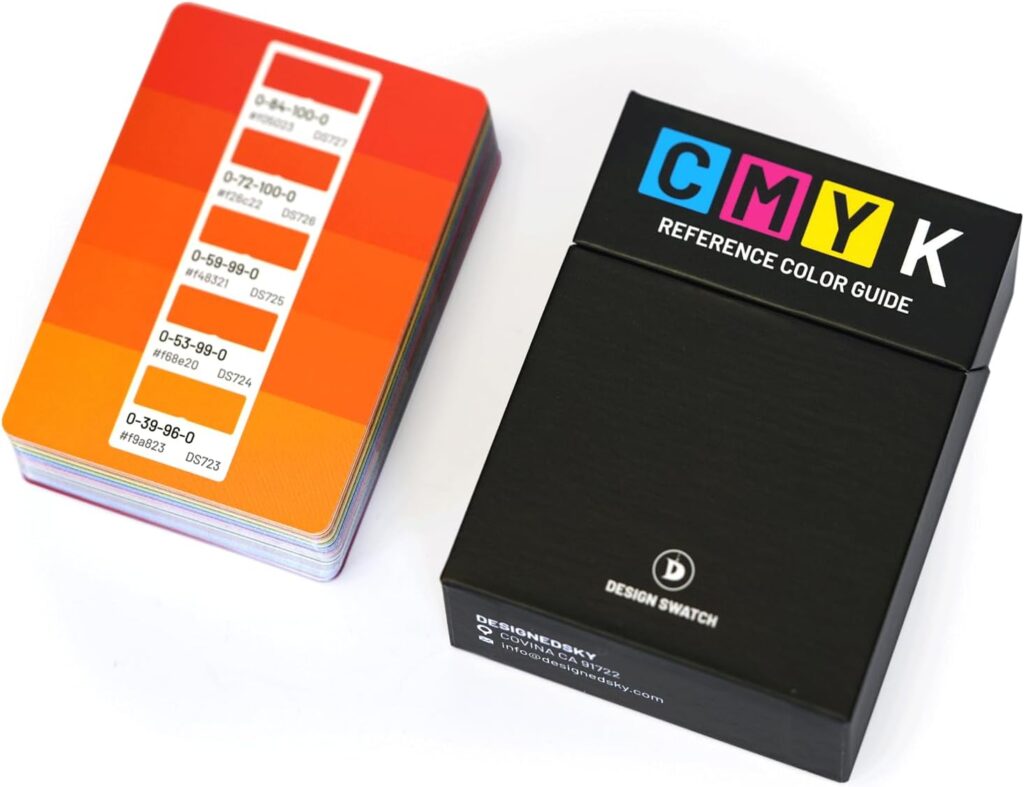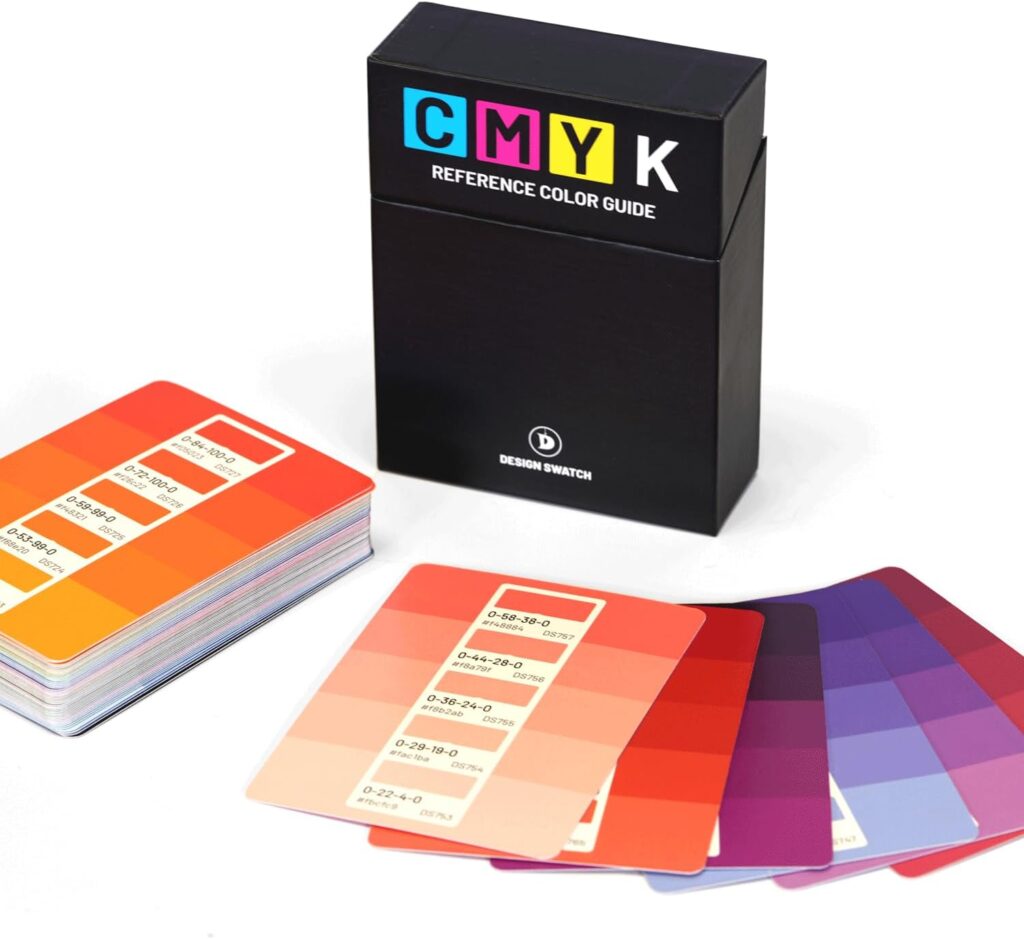Color printing has become an indispensable aspect of our visual world, shaping how we perceive and interact with information. CMYK color models are an integral part of the packaging and printing field. Understanding the CMYK color model will give you a better understanding of your packaging. In this article, we delve into the rich history, advantages, techniques for color accuracy, diverse applications, and additional insights surrounding the CMYK color mode.

| Name | Meaning | Mechanics | Function |
| C | Cyan is a blue-green color | It absorbs red light | an essential component for creating greens and blues |
| M | Magenta is a purplish-red hue | It absorbs green light | plays a vital role in producing shades of purples, pinks, and reds |
| Y | Yellow | It absorbs blue light | crucial for creating various warm tones, including oranges, yellows, and browns |
| K | K stands for Key, represents black | It absorbs all light | contributing to enhanced contrast, detail, and overall color accuracy in printed materials |

1. The Role of Black (K) in CMYK Printing:
- Enhanced Contrast and Detail:
Although theoretically, the combination of cyan, magenta, and yellow should produce black, in practical applications, it’s difficult for cyan, magenta, and yellow to overlay and form true black. Instead, this combination often results in very dark brown shadows. By adding black ink separately, printers can achieve deeper blacks and more accurate grayscale reproduction.
- Conservation of Ink and Cost:
Using black ink exclusively for text and line art helps conserve ink and reduces printing costs. Compared to using a combination of cyan, magenta, and yellow to create black, which may require more ink and result in a less precise outcome, using black ink separately offers efficiency and cost-effectiveness in printing.
- Sharper Text and Graphics:
When printing text and line art, using black ink exclusively ensures sharper results. The use of black ink for fine details and text helps maintain clarity and legibility, especially in small fonts and intricate designs.
- Neutralizing Color Casts:
Incorporating black ink can help neutralize color casts and improve the overall color balance in printed materials. It provides a stable foundation that complements the cyan, magenta, and yellow inks, contributing to more accurate color reproduction.








